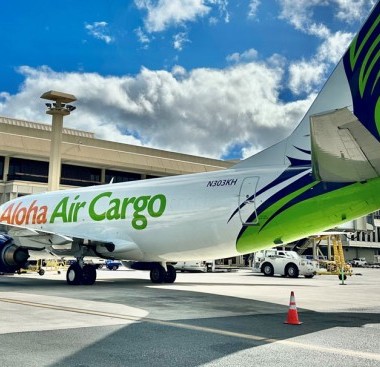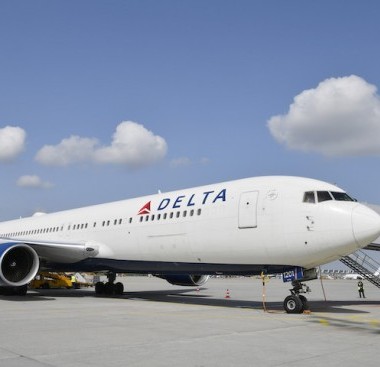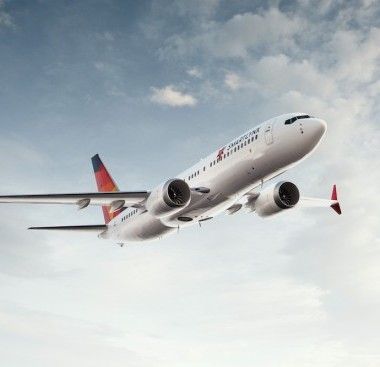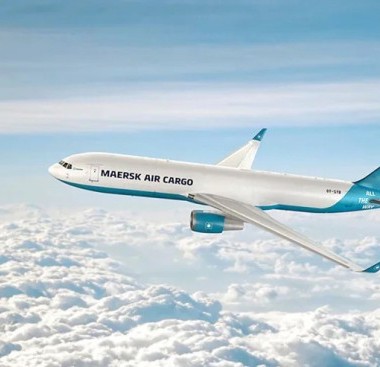Lufthansa Bets A350 Can Turn All Munich Long-Haul Profitable
Deutsche Lufthansa AG is banking on Airbus Group SE’s latest A350 wide-body jet to shore up its Munich hub, where the deployment of less efficient planes means normally lucrative long-haul flights are losing money.
The first 15 of 25 A350s ordered by Lufthansa are to be based in the Bavarian city, with the composite-fuselage, twin-engine model providing a 25 percent fuel saving compared with the four-turbine Airbus A340s currently used there.
“The new A350 fleet is a big step toward profitability’’ for those routes lagging behind, Wilken Bormann, who heads Lufthansa’s operations in Munich, said in an interview. Two A350s are now flying from the secondary hub, with the third delivered Saturday, and the number is set to reach six this year and 12 by the end of 2018, he said.
Lufthansa is focusing on Munich after turning all inter-continental routes from its main Frankfurt base profitable last year, terminating some services and introducing a denser seating layout on others. Network airlines typically accept losses on short-haul routes that feed passengers onto longer trips where margins are usually healthier, buoyed by sales of premium seats.
Mumbai Next
The profitability gap between Munich and Frankfurt is “marginal” and reflects the wider industry trend in Europe of making money in the summer months, with weaker traffic flows in the winter, Bormann said.
Routes from Munich to Delhi and Boston are already served by the A350, with Mumbai set to become the model’s next destination from April 15, followed by cities in East Asia, he said. Hong Kong, Beijing, Shanghai, Seoul and Tokyo all currently use the A340, which has been out of production since 2011.
Chief Executive Officer Carsten Spohr said last month that Munich will become more important to Lufthansa, something Bormann said may mean stationing more aircraft there. Europe’s third-biggest airline has 25 wide-body jets at the hub, including 16 A340s used on about half of the 20-plus long-haul routes, though Bormann didn’t reveal how many are failing to break even.
Reliance on the A340 puts Lufthansa at a disadvantage compared with carriers that use the modern A350 or Boeing Co. 787 Dreamliner, as well as the two-engine 777 and high-capacity A380 superjumbo.
The A350-900s on order are due to be delivered through 2023, with the carrier holding options to buy 30 more, including larger -1000 variants. The -900s seat 293 passengers—48 in business class, 21 in premium economy and 224 in coach.
Similar Stories
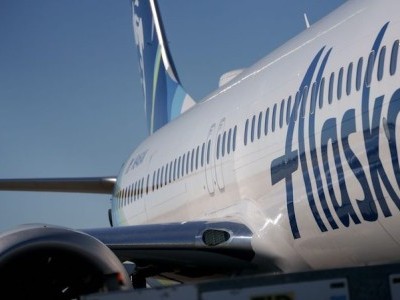
Alaska Air profit forecast signals rebound from Max woes
View Article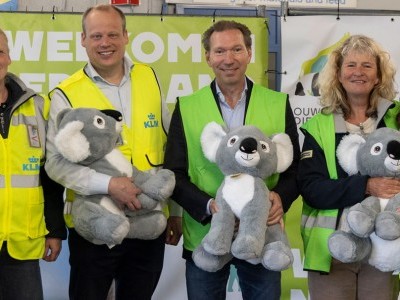
Air France KLM Martinair Cargo transports koalas to Ouwehands Zoo in the Netherlands
View Article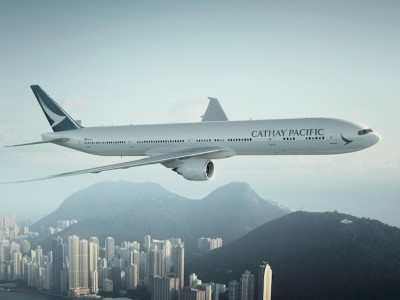
Cathay Pacific releases traffic figures for March 2024
View Article
Alaska Air Group reports first quarter 2024 results
View Article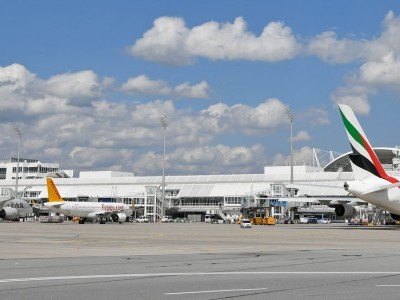
Munich Airport: Positive annual result and strong traffic growth
View Article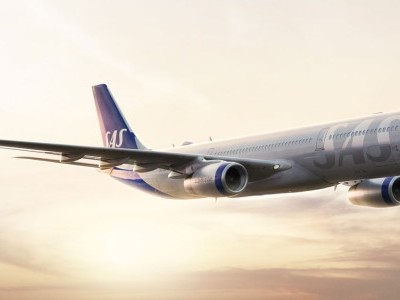
Scandinavian Airlines (SAS) and Worldwide Flight Services (WFS) partner for cargo handling at a fourth major airport in North America
View ArticleGet the most up-to-date trending news!
SubscribeIndustry updates and weekly newsletter direct to your inbox!

